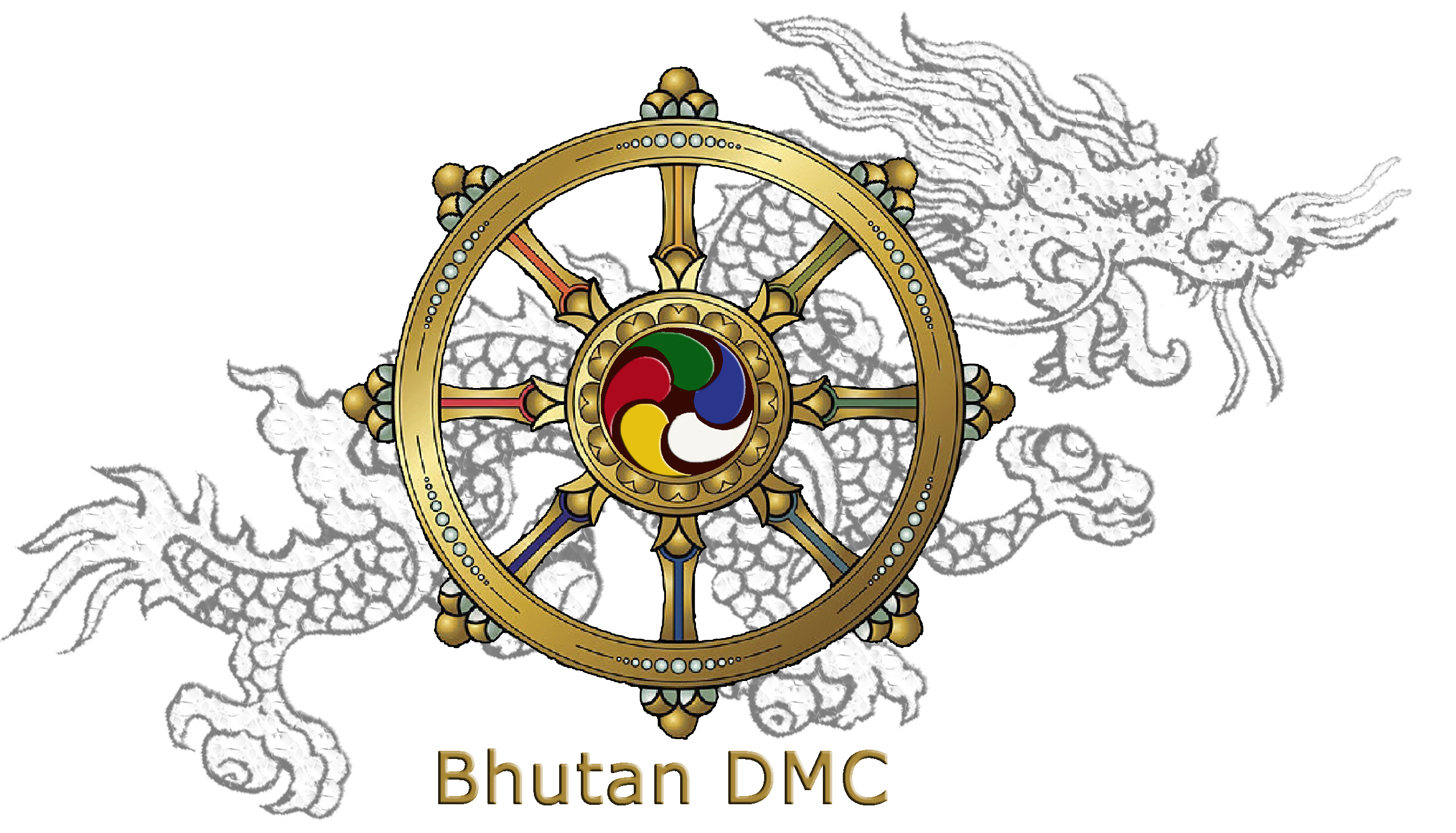Centre
of Bhutan
Trongsa Dzong
Home to
1,807 sq. km
Area covered

About Trongsa
Sacred and temporal heart of the Kingdom, Trongsa district has a significant place in Bhutanese history connected with lineage of Bhutan’s Kings. The region covers an area of 1,807 sq. km and is separated from the neighbouring districts by high mountain passes. The district has five blocks and is home to Monpas, one of the ethnic inhabitants of the region. The Monpa people are believed to be amongst the oldest inhabitants of Bhutan.
Places of interest in Trongsa
Chendbji Chorten
En route to Trongsa is Chendbji Chorten, patterned on Kathmandu’s Swayambhunath stupa, with eyes painted at four cardinal points. It was built in the 18th century by Lama Shida, to cover the remains of a demon, subdued at this spot.
Trongsa Dzong
Built in 1648, this Dzong holds a great historic importance. It is customary for all the Kings of Bhutan to be invested as Trongsa Penlop (Governor) prior to ascending the throne. Travelers are thrilled by massiveness of this Dzong that literally covers a hilltop.
Ta Dzong
This watchtower, which once guarded Trongsa Dzong from civil wars, stands on a steep slope above the town. A visit to this former watchtower provides visitors with an insight of Trongsa’s significance in Bhutan’s history. Enjoy this fascinating museum that includes several person items of the Kings.
Semji Village
This ancient village is approx. 7km from Trongsa and ideal for bird watching. Weather permitting, hiking through dense forest provide ample opportunity to see various species of birds. At Semji, one can visit the village and subsequently continue hiking downhill till the highway, where your transport can shuttle you back to Trongsa town.
Kuenga Rabten
The 23 km drive from Trongsa to Kuenga Rabten takes about an hour and passes through open countryside, high above a river gorge. The land slopes quite gently in this region and farming is well developed so there is much of interest to observe in the field and in the villages as one speed along. Kuenga Rabten was the winter palace of the second King and is now looked after by the National Commission for Cultural Affairs. The building has a superb wood work and decorations. At present part of the palace is used as library. The top floor has an altar room with statues of Shakyamuni, Shabdrung and Guru Rimpoche. From the palace, one can take a hike up to the road and further along the village to a nunnery. This pleasant excursion from Trongsa offers further insight into the early days of Bhutan’s monarch.
